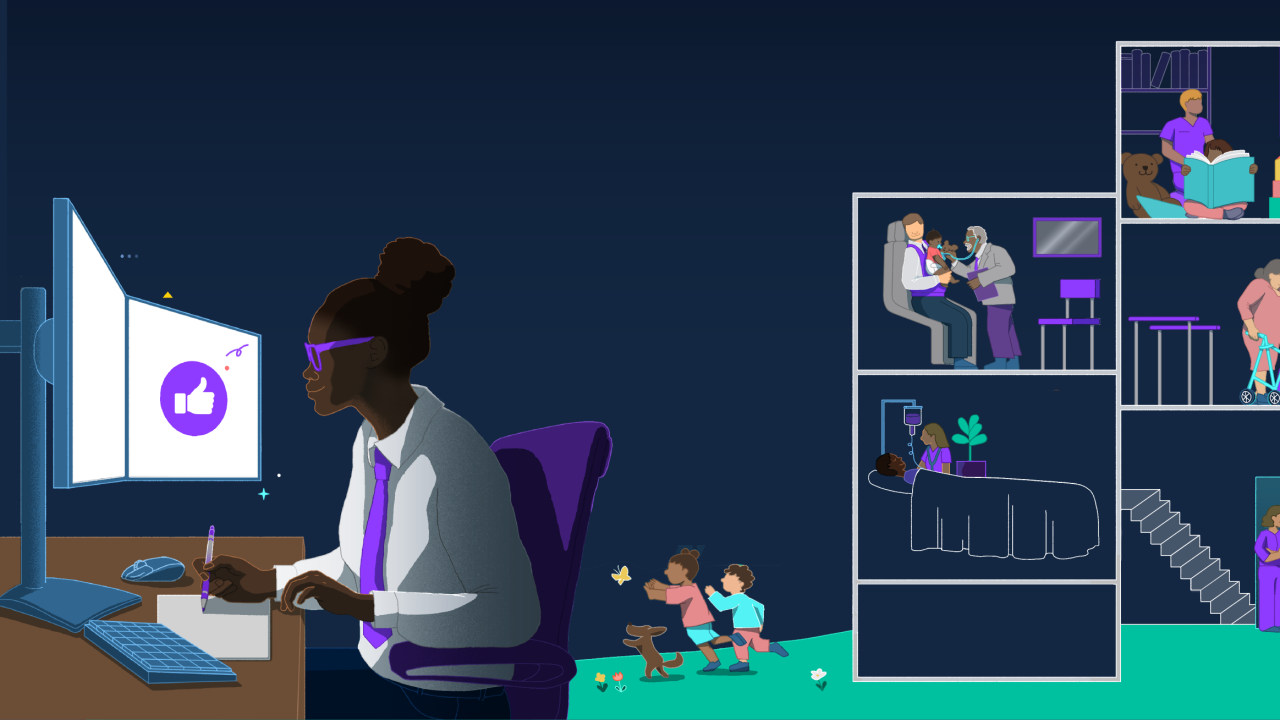Organizations are desperate to keep current employees loyal and attract prospective candidates, and this organization just published a
In an effort to help organizations rethink their approach to employee experience, benefits and insurance services platform CBIZ recently launched their Employee Experience Guide. The
"Employee experience in an organization doesn't fall on just one person or decision — it's recruiting, benefits, insurance, culture and compensation," says Polly Thomas, COO of CBIZ. "We thought if we could pull all these pieces together, it would serve as a nice roadmap for companies."
Read more:
The guide, which can be downloaded for free from the CBIZ website, is completely interactive. Organizations can not only search for the areas they are most interested in, but they can also
Benefit selection and allocation makes up a large part of CBIZ's guide. Specifically, the manual walks organizations through how they can ensure that their offerings are
"A one-size-fits-all approach for benefits no longer works," Thomas says. "Each person in the workforce is going to value your benefits differently, so having a menu of options that meet people where they are is more important than it was historically."
Go beyond traditional benefits
The guide emphasizes the need for "phase of life" benefits, which include traditional benefits such as retirement and healthcare plans, but also focuses on
Read more:
"Employees are seeking more stability and a more clear definition around what their growth trajectory looks like in and out of the organization," Thomas says. "Components of a total rewards program that maybe didn't need as much time and attention before are more important now than they have ever been."
As
"Your people are your company's largest investment and the cost of turnover for employees is really high," Thomas says. "Organizations need to be able to recruit and retain, and honing in on the areas that maybe they haven't thought through or spent as much time on could become their competitive differentiator."






